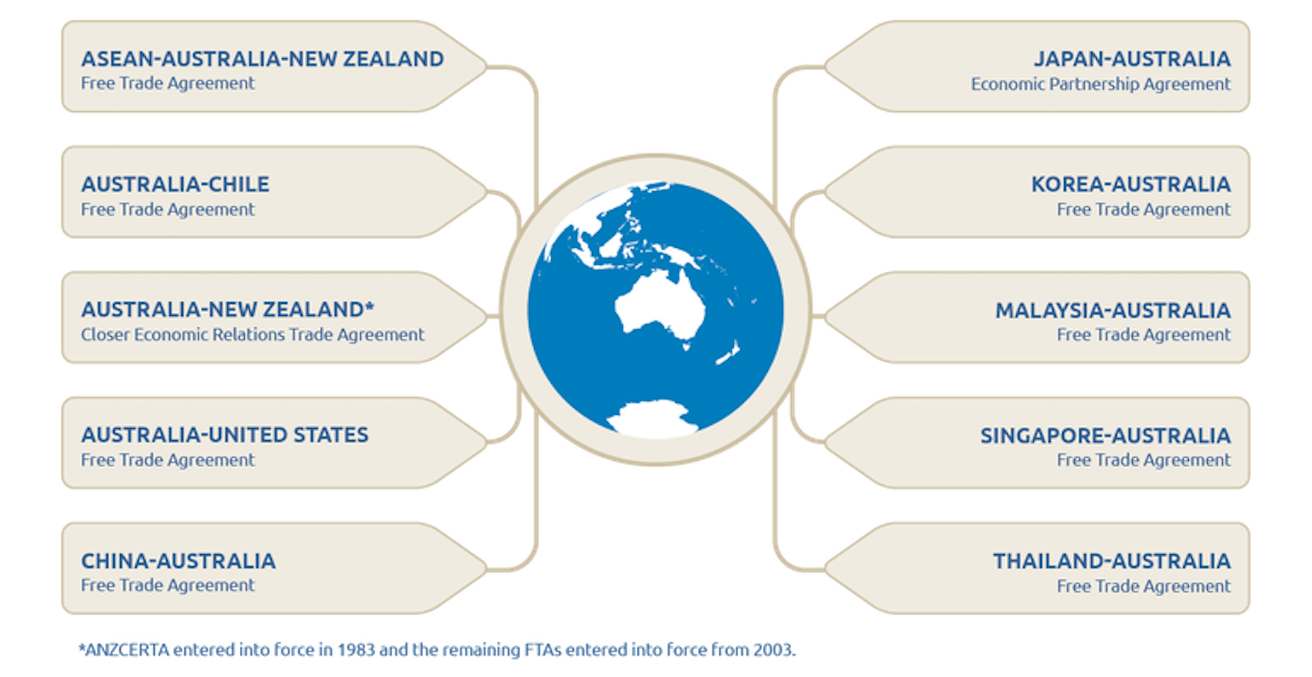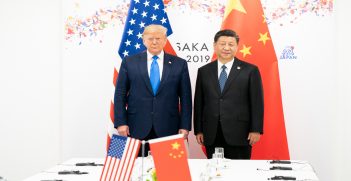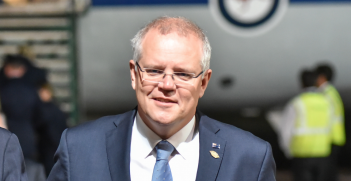Why is Australia So Keen on Free Trade Agreements?

Australia currently has ten Free Trade Agreements (FTAs) with 16 countries and more FTAs will enter into force in the future. Is Australia pursuing FTAs to the exclusion of other trade liberalising opportunities? Are these FTAs being used by Australian business? Why is Australia so keen on FTAs?
Liberalising trade and investment agreements – be they bilateral, regional or multilateral – deliver greater prosperity to Australia in the form of higher economic growth and more jobs than would otherwise be the case. Research by the Centre for International Economics found Australia’s average household income in 2016 was more than $8,000 higher than it would have been, if it were not for three decades of trade liberalisation by successive Australian governments. The same research found 1 in 5 jobs in Australia depends on trade and 1 in 7 jobs in Australia rely on exports.
While not always as high-profile as FTAs, Australia vigorously pursues its national interests in bilateral, regional and multilateral trade and investment-related fora, including the OECD, G20 and APEC.
The World Trade Organization (WTO) remains the foundation of Australia’s trade policy. Australia continues to work with other WTO members on the post-Doha Round negotiating agenda. Australia also relies heavily on the existing set of WTO rules and other main functions of the WTO, such as the dispute settlement system, to maintain a predictable and stable global trading environment.
The fundamental importance of the WTO for Australia is underlined by the fact that relevant FTA rules explicitly refer to, and depend on, WTO rules. Australia is a strong supporter of compliance with WTO rules relating to FTAs, including the requirement for these agreements to liberalise ‘substantially all trade’ between parties.
Australia is keen on FTAs because they offer Australia similar in-principle opportunities and benefits as multilateral and other types of legally binding liberalisation, including:
- tariff reductions that provide a competitive edge for our exporters in Australia’s most commercially-significant export markets;
- safeguarding against the risk of protectionist policies in other countries;
- greater economic integration with important trading partners; and
- greater access for Australian consumers and businesses to an increased range of goods and services at more competitive prices.
FTAs also deliver other benefits for Australia. They can be negotiated and implemented at a faster pace than multilateral agreements, and can play an important role in creating and enforcing liberalising rules on trade and investment issues that are not currently covered by the WTO. Through FTAs, Australian exporters and investors can benefit from the same or better preferential access that our competitors’ exporters and investors enjoy.
FTAs have in-built work programs and review arrangements that come into play after entry into force, and enable Australia to gain greater FTA benefits over time. For example, we completed the third review of our FTA with Singapore in 2016, and its outcomes entered into force in 2017. This updated FTA now has the added benefit of addressing longstanding issues of commercial interest to Australian service providers in areas such as education.
Questions are sometimes raised about whether Australian businesses, particularly small and medium-sized businesses, are using FTAs. A published report by PwC on FTA utilisation concluded that Australian businesses are getting the tariff cut benefits delivered by our FTAs, particularly in our agreements with China, Japan and Korea. The report found 95 per cent of Australian exports to Japan that were eligible for a lower tariff under the Japan-Australia Economic Partnership Agreement utilised the lower tariff rate. FTAs also had a positive influence on businesses’ confidence, strategy, expansion planning and international investment.
The Foreign Policy White Paper, launched by Prime Minister Turnbull on 23 November 2017, confirmed Australia would continue to be an active bilateral, regional and multilateral advocate for an open global economy and against protectionism. The White Paper also endorsed Australia’s ambitious approach of negotiating and implementing regional and bilateral FTAs to help ensure Australia’s future prosperity, and set a goal of having over 80 per cent of Australia’s total trade with FTA partner countries by 2020 (currently Australia’s ten FTAs cover about two-thirds of our total trade). Nine of Australia’s ten FTAs have entered into force since 2003, and the benefits Australia gets from FTAs will continue to grow as more of these agreements are negotiated and implemented in the future.
Michael Dean is the Director of the Free Trade Agreement Division at the Department of Foreign Affairs and Trade.
This article was first published in the Australian Department of Foreign Affairs and Trade’s blog on 29 June 2018, and is republished with permission.





